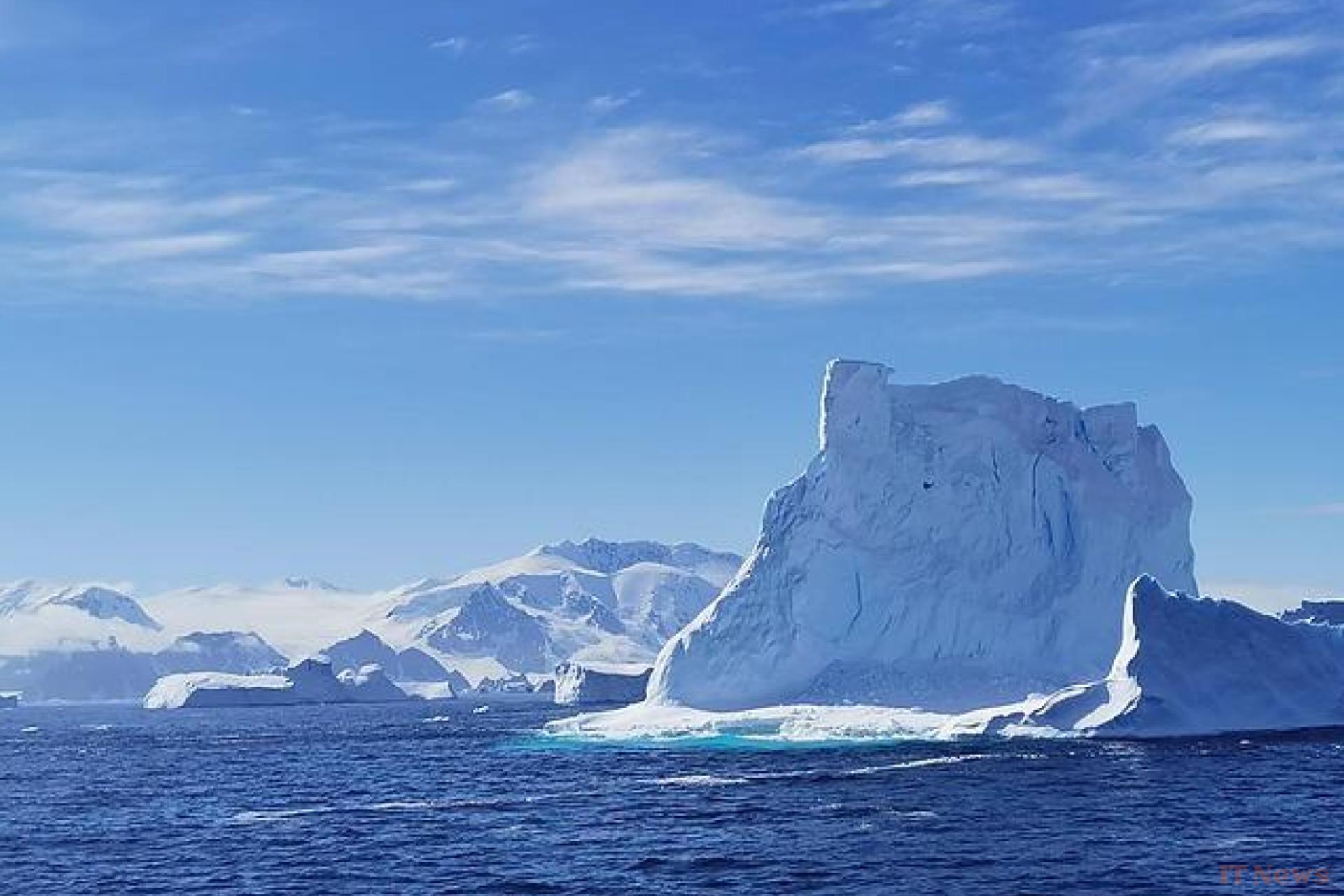Everyone knows today that the Antarctic plains are directly threatened by global warming. But while humans are unfortunately slow to act to prevent this ecological catastrophe, this precious territory can at least count on the support of its most famous residents: a new study suggests that penguins are helping to lower the temperature of this frozen continent... thanks to their droppings.
When bird droppings accumulate in large quantities, a substance called guano is produced, which has the particularity of being extremely concentrated in nitrogen compounds. This characteristic has played a key role in the trajectory of our civilization. In the mid-17th century, researchers noticed that it was an excellent fertilizer. It then became a key resource that directly paved the way for industrial agriculture, generating a vast increase in food production—and, by extension, the human population.
Since then, guano has largely been replaced by synthetic fertilizers derived from the Haber-Bosch process (see our article on the nitrogen cycle). But it continues to play a very important role ecologically, and the latest work by a team from the University of Helsinki has just confirmed this once again.
From guano to clouds
Previous studies have already shown that the nitrogen compounds present in guano are transformed into ammonia by the microorganisms that reside there. This ammonia reacts with other compounds, particularly sulfur-based ones, to produce different types of aerosols such as ammonium sulfate. As it turns out, these aerosols tend to behave like condensation nuclei—particles that attract nearby water vapor, forming liquid droplets that in turn give rise to clouds.
The team of Matthew Boyer, a researcher at the University of Helsinki, therefore asked themselves on the scale of this phenomenon and its implications. Could it generate enough clouds to have an impact on the local climate?
To test this hypothesis, they installed a myriad of instruments on Seymour Island, a short distance from the habitat of a colony of approximately 60,000 Adélie penguins. They found that when the wind blew from the colony toward their sensors, ammonia and aerosol levels tended to explode, reaching concentrations about 1,000 times higher than the background rate. And even after the colony had packed up for its annual migration, concentrations remained about 100 times higher than normal due to the persistence of guano in the soil.
A tangible impact on the local climate
Based on these figures, the team concluded that the penguins' biological activity had a very tangible impact on cloud formation over Antarctica. Without the guano produced by these birds, cloud cover would be significantly less, increasing the amount of solar energy reaching the surface—with a potentially significant effect on local temperatures.
The authors note, however, that the outcome of this dynamic is not entirely clear. Clouds could also help trap infrared radiation between the sea ice and the cloud cover, making it difficult to determine precisely whether the net impact of guano on local temperatures is positive or negative.
But for the authors, this study highlights the complexity of climate phenomena. To best understand them and counter global warming as effectively as possible, we must take into account a multitude of factors that can easily go unnoticed—and the role of penguins is a good example.
“It’s essential to understand that these natural environments are the basis from which we quantify and understand the effects of human activity on the climate,” explains Ken Carslaw, co-author of the study, in an interview with the Washington Post. "These observations are a new piece of the puzzle that will help improve the representation of clouds in climate models."
"Both oceans and penguins influence the atmosphere and, in fact, the local climate in Antarctica—and local changes in Antarctica will impact the global climate," concludes Boyer.
The text of the study is available here.




0 Comments